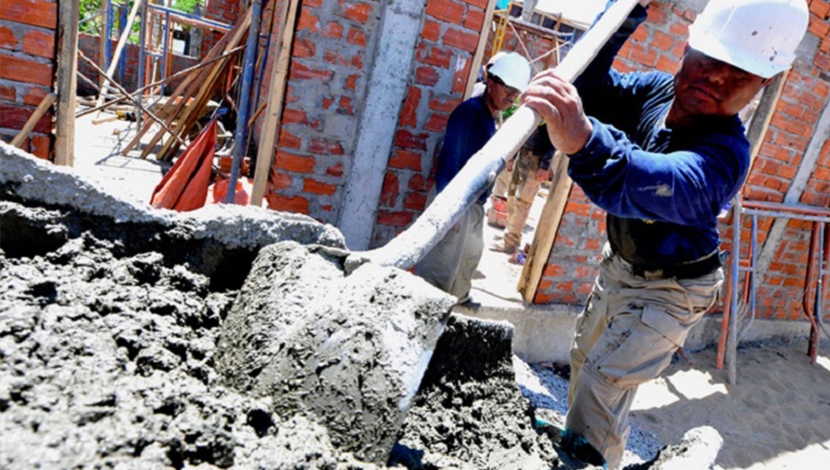
An international team of researchers from Rice University, the Massachusetts Institute of Technology and Marseille University has used sophisticated computer models to determine how the molecular structure of concrete results in its physical properties.
Rouzbeh Shahsavari, assistant professor of civil and environmental engineering at Rice University, said the computer models used enabled the scientists to perform detailed analyses of the basic molecular structure of concrete, enabling them to better create methods for altering its physical properties.
“The heart of concrete is C-S-H – that’s calcium, silicate and hydrate (water),” said Shahsavari. “There are impurities, but C-S-H is the key binder that holders everything together, so that’s what we focused on.”
“C-S-H is one of the most complex structured gels in nature, and the topology changes with different chemistries, from highly ordered layers to something like glass, which is highly disordered,” he said. “We came up with a comprehensive framework to decode it, a kind of genome for cement.”
Studies conducted over a year-long period analysed the “defect attributes” of around 150 mixtures of concrete in order to determine how the material’s physical properties are created by its molecular structure, focusing on areas including the ratio of calcium to silicon, the topology of atomic-level structures, and the impact of the randomness or regimentation of molecules on strength and ductility.
The study concluded that the key to altering the properties of concrete is tweaking with its calcium to silicon ratio.
Shahsavari considers the work to be “one of the most important discoveries in cement science this century,” since it will enable researchers to optimise the physical properties of concrete for specific applications at the molecular level.
The ability to reduce CO2 emissions associated with the manufacture of concrete could also have a dramatic impact on the sustainability of the construction industry, given just how much of the basic building material it uses.
By Marc Howe
See more at: http://sourceable.net/green-concrete





